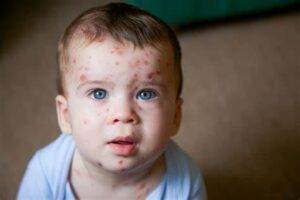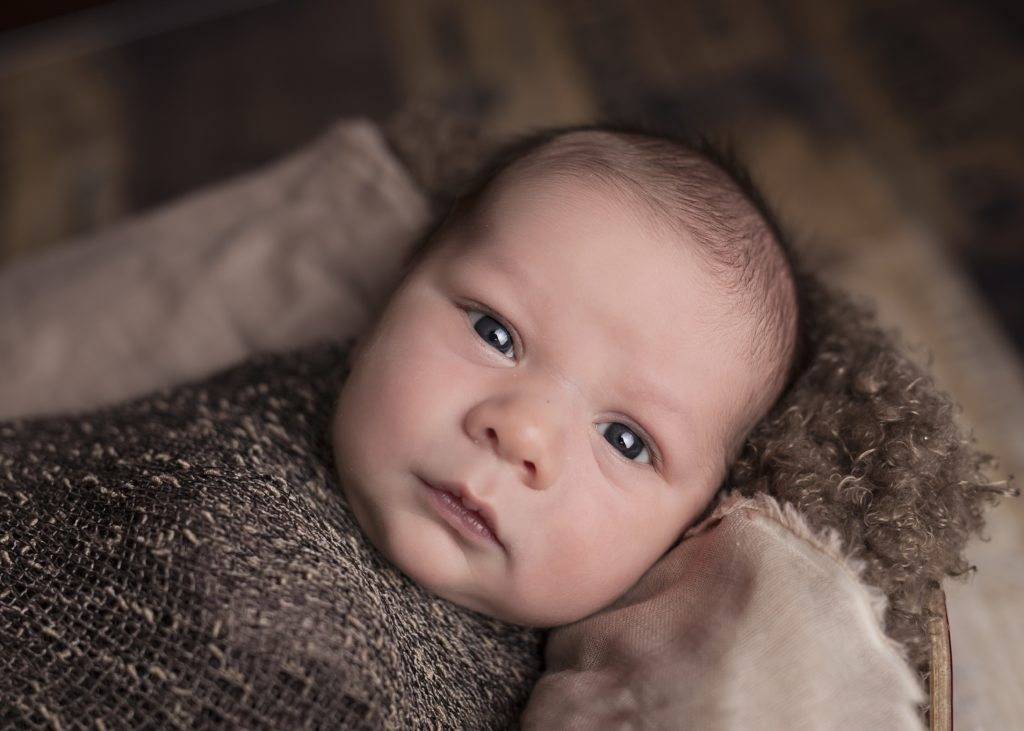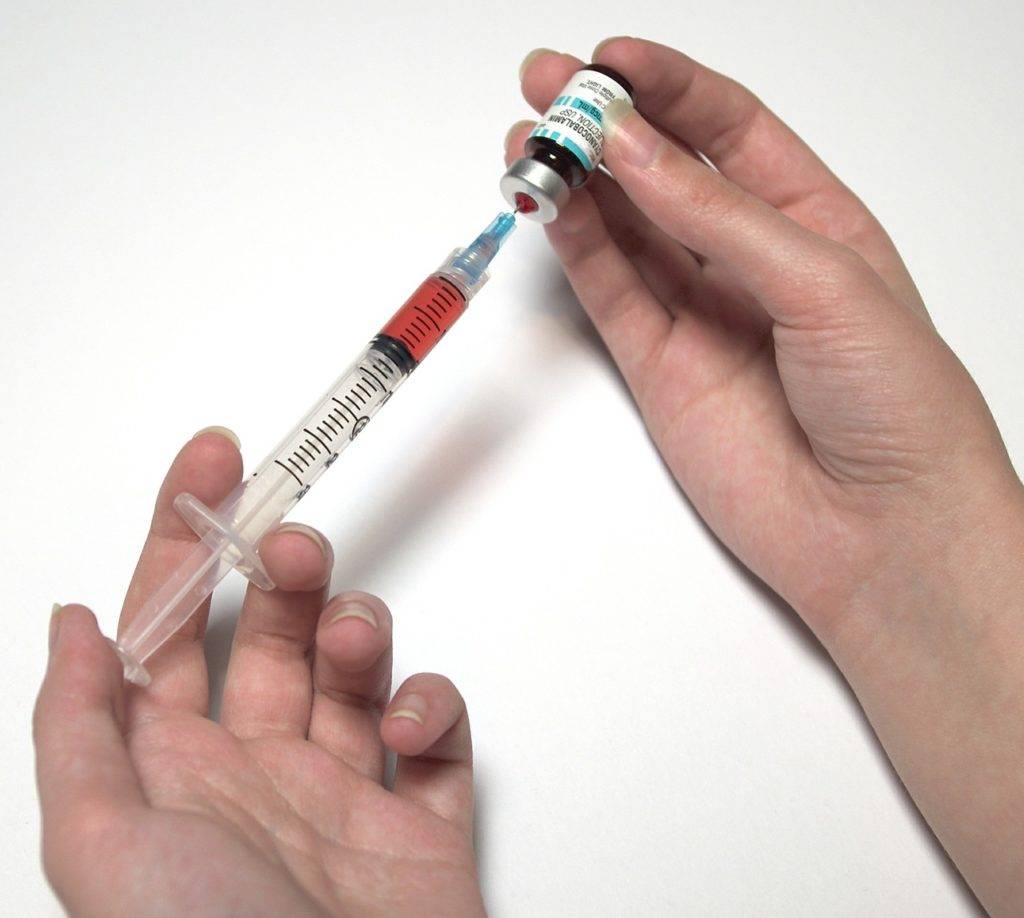Varicella: The Spotty Invader
Chickenpox, caused by the varicella virus, is often considered a rite of passage for children. However, it’s more than just an itchy inconvenience. Let’s delve into what every parent should know about varicella.
What is Varicella?
Varicella is the virus responsible for chickenpox, a highly contagious disease characterized by itchy, red spots and blisters all over the body.
Transmission: How it Spreads
Varicella spreads easily, primarily through:
- Respiratory Droplets: From coughing or sneezing.
- Direct Contact: With the rash or blisters.
- Contaminated Surfaces: Less commonly, through objects.

Symptoms: More Than Just Spots
While the rash is the most recognizable symptom, others include:
- Fever: Often the first sign.
- Fatigue: General tiredness.
- Loss of Appetite: Particularly in younger children.
Complications: Beyond the Itch
If not managed well, chickenpox can lead to:
- Skin Infections: From scratching the blisters.
- Pneumonia: A severe but rare complication.
- Neurological Issues: Such as encephalitis.
Diagnosis: Spotting the Spots
Diagnosis is usually straightforward and involves:
- Visual Examination: The rash is often enough for diagnosis.
- Medical History: Recent exposure to an infected person.
- Blood Tests: Rarely, to confirm the virus.

Treatment: Easing the Itch
Treatment focuses on symptom relief:
- Antihistamines: For itchiness.
- Calamine Lotion: To soothe the skin.
- Acetaminophen: For fever and pain relief.
Prevention: The Varicella Vaccine
The best way to prevent chickenpox is through vaccination, usually administered in two doses for best efficacy.
Next Steps
If you find this information beneficial and wish to stay updated on children’s health topics, consider subscribing to our newsletter. If you have concerns about chickenpox or other viral infections in your child, feel free to book an appointment with Dr. Michael Nwaneri. We’re here to offer expert advice, no obligations.



